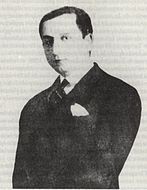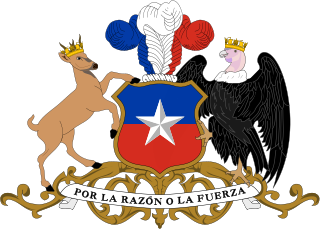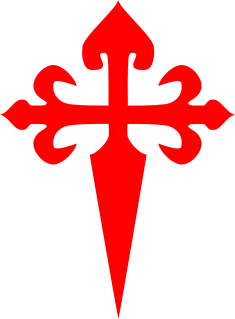
Presidential elections were held in Chile on 4 September 1964. The result was a victory for Eduardo Frei Montalva of the Christian Democratic Party, who received 56% of the vote.
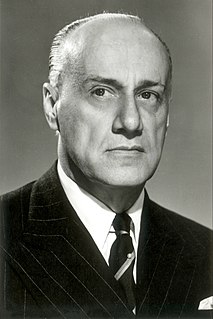
Presidential elections were held in Chile on 4 September 1958. The result was a victory for Jorge Alessandri, who ran as an independent.
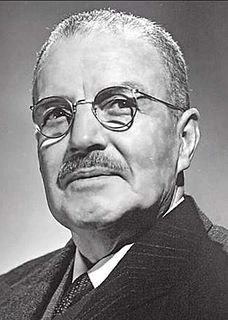
Presidential elections were held in Chile on 4 September 1952. The result was a victory for Carlos Ibáñez del Campo, who ran as an independent.

Presidential elections were held in Chile on February 1, 1942. The result was a victory for Juan Antonio Ríos of the Radical Party, who received 56% of the vote.

Presidential elections were held in Chile on 25 October 1938. The result was a narrow victory for Pedro Aguirre Cerda of the Radical Party, who received 50.5% of the vote.

Presidential elections were held in Chile on September 4, 1946. The result was a victory for Gabriel González Videla of the Radical Party, who received 40% of the public vote and 75% of the Congressional vote.
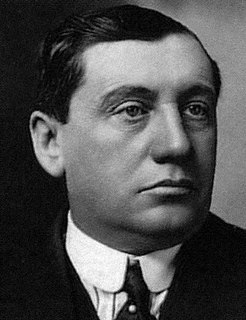
General elections were held in Chile on 30 October 1932. Arturo Alessandri of the Liberal Party was elected president, whilst the Conservative Party and Radical Party emerged as the largest parties in the Chamber of Deputies.

Presidential elections were held in Chile on 4 October 1931. The result was a victory for Juan Esteban Montero of the Radical Party, who received 64% of the vote.

Presidential elections were held in Chile on 22 May 1927, following the resignation of President Emiliano Figueroa. The result was a victory for Interior Minister Carlos Ibáñez del Campo, who ran as an independent and received 98% of the vote.
The National Encounter Party is a political party in Paraguay.

The Presidential Republic is the period in the History of Chile spanning from the approval of the 1925 Constitution on 18 September 1925, under the government of Arturo Alessandri Palma, to the fall of the Popular Unity government headed by the President Salvador Allende on September 11, 1973. The period spans the same time as the "Development inwards" period in Chilean economic history.
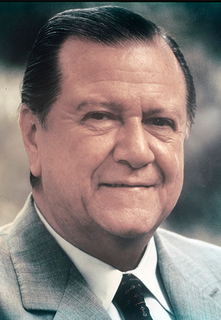
General elections were held in Venezuela on 1 December 1968. The presidential election was won by Rafael Caldera of Copei, who received 29.1% of the vote. Acción Democrática remained the largest party in the Chamber of Deputies and Senate. Voter turnout was 96.7% in the presidential election and 94.5% in the Congressional elections. When Caldera took office in March 1969, it marked the first time in Venezuela's history as an independent nation that the sitting government peacefully transferred power to an elected member of the opposition.

Presidential elections were held in Colombia on 27 May 1990. In an election tarnished by violence, the result was a victory for César Gaviria of the Liberal Party, who received 48.2% of the vote.
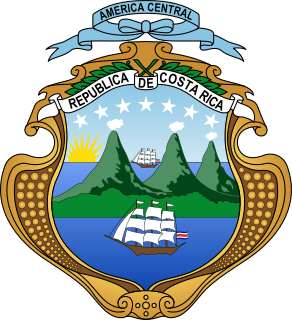
General elections were held in Costa Rica on 7 December 1913, the first direct elections since 1844. They were also the first elections to have universal male suffrage, after economic and educational requirements were eliminated. Máximo Fernández Alvarado of the Republican Party won the presidential election, but both he and runner-up Carlos Durán Cartín later resigned and Alfredo González Flores was appointed president by Congress on 8 May 1914. The Republican Party also won the parliamentary election. Voter turnout was 78.0% in the presidential election and 78.6% in the parliamentary election.

General elections were held in Macedonia on 16 October 1994 to elect a President and Assembly, with a second round of Assembly elections on 30 October. The presidential election was won by Kiro Gligorov of the Alliance for Macedonia, whilst the parties forming Alliance for Macedonia also won the Assembly elections with 95 of the 120 seats. However, the second round of the Assembly elections were boycotted by VMRO-DPMNE and the Democratic Party, as they claimed there had been irregularities in the first round.

Presidential elections were held in Colombia on 9 February 1930. The result was a victory for Enrique Olaya Herrera of the Liberal Party, who received 44.9% of the vote. He took office on 7 August.
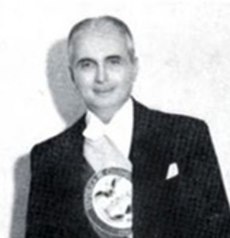
Presidential elections were held in Colombia on 5 May 1946, pitching the Colombian Conservative Party against two different Colombian Liberal Party candidates. The Liberals received more votes combined, but due to their division the result was a victory for Mariano Ospina Pérez of the Conservative Party, who received 41.4% of the vote. One of the Liberal candidates, Gabriel Turbay, was also supported by the Social Democratic Party.

Presidential elections were held in Colombia on 4 May 1958. They were the first presidential elections since 1949, following a military coup against President Laureano Gómez in 1953. Following the coup, the two main parties came to an agreement on holding office for alternating periods of four years. The agreement, known as the National Front, was approved in a 1957 referendum.

General elections were held in Colombia on 21 April 1974 to elect the President, the Senate and the Chamber of Representatives. They were the first elections after the end of the National Front agreement, which had restricted electoral participation to the Conservative Party and the Liberal Party, with each party allocated 50% of the seats in both houses, whilst the Presidency alternated between the two parties.





